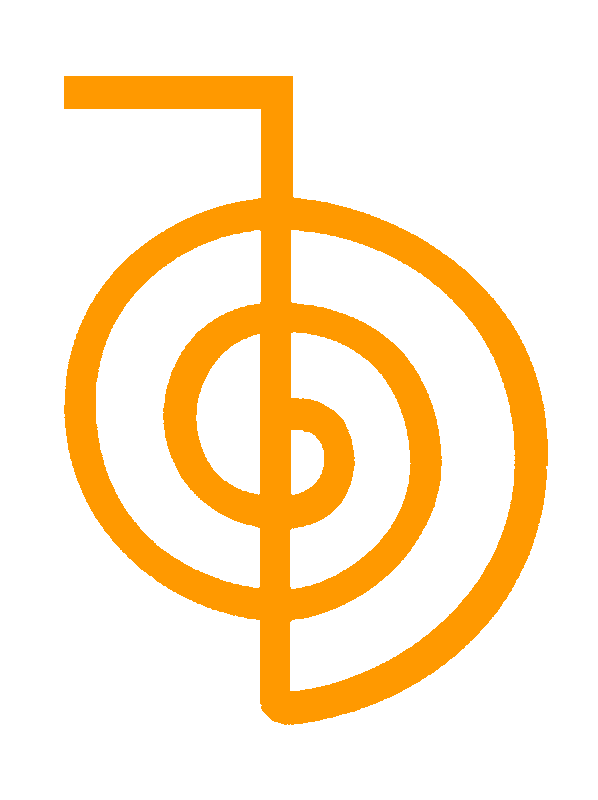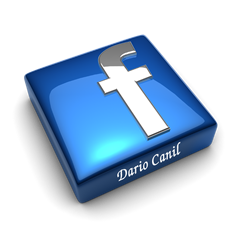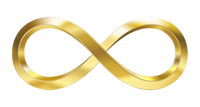Considerations on the Different Versions of Circulating Reiki Symbols
Incorrect Graphic Versions
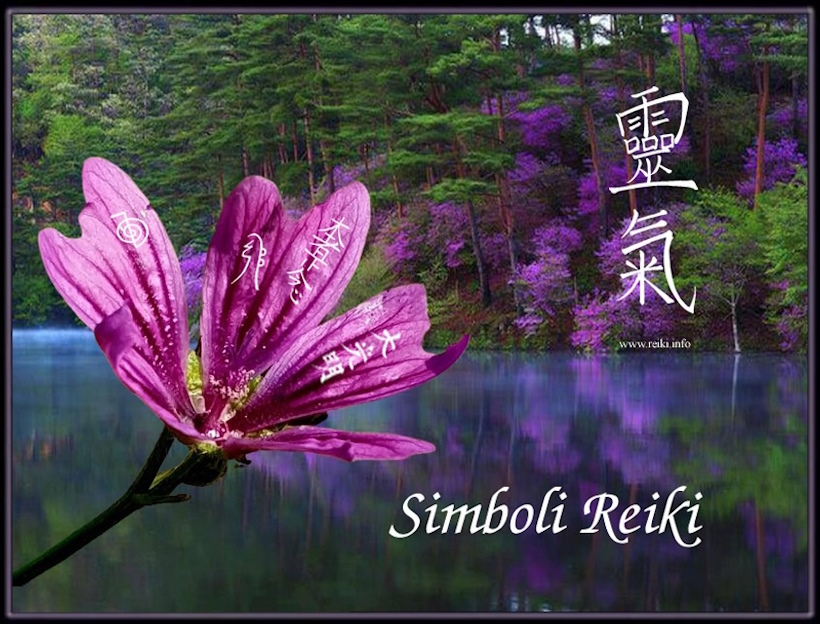
THE SECRECY OF WESTERN SPREADING AS THE CAUSE OF VARIOUS GRAPHICAL VARIANTS
Mikao Usui's Traditional Reiki symbols consist of four. No more, no less. Other symbols seen in the Reiki community today ARE NOT LINKED TO MIKAO USUI! Often, the four traditional symbols are depicted differently depending on the teacher who presents them.
Why Does This Phenomenon Occur? There are several plausible explanations, including the following:
1) CHAOTIC SPREADING
Usui's Reiki system spread to the West in a chaotic manner without a uniform definition of its theoretical and practical model. After being introduced to the West by Chujiro Hayashi—Usui's disciple who enabled Reiki’s spread—the Reiki system was divided between 1980 and 1982 due to the monopolistic claims of both Furumoto (Reiki Alliance) and Weber-Ray (A.I.R.A. - T.R.T.I.A.).
Each woman claimed to be the only person in the West who knew the TRUE Reiki system! Not an ideal start… Today, there is a lack of clear definition regarding the Reiki practitioner, and what people often find is subpar teaching, sometimes even marked by exaggeration and fanaticism.
2 - GRAPHIC IMPRECISION
Takata, a student of Hayashi who brought Reiki to the USA—an essential link in the lineage of most Reiki practitioners worldwide—was reportedly not very precise in representing the Japanese Kanji. Each of her students/masters received slightly different symbols, not intentionally diverse, but due to imprecision in graphic execution, which was then amplified by their students.
This graphic imprecision particularly affects the two symbols made up of Japanese Kanji, Hon Sha Ze Sho Nen and Dai Ko Myo, while Choku Rei and Sei Heki (which are simpler in form) suffered less distortion.
REIKI SYMBOLS IN A GRAPHIC VERSION FROM HAWAYO TAKATA
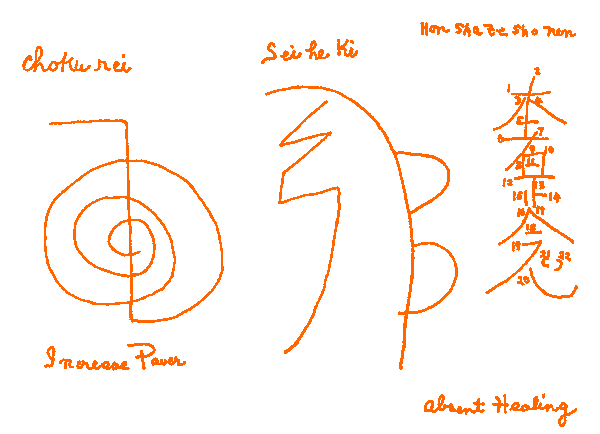
3 - SECRECY
Secrecy beyond reason. In many Second Level Reiki seminars, teachers would show the symbols and then require students to draw them for 3-4 hours until memorized. The student could take home no notes, relying solely on their memory from hours of practice.
This questionable practice was/is sometimes applied even in Master training, leaving new Masters with only their memory of the symbols. Small inaccuracies can, after just a few iterations, turn into significant distortions, even if done in good faith.
CONCLUDING CONSIDERATIONS
Symbols that aren't too different from those presented here or from Takata’s versions are valid, as minor flaws are often "corrected" by the Reiki practitioner's intent to connect with the correct symbol, despite imprecise representations.
However, when Reiki symbols differ too much, there is no guarantee of the energy they evoke. A precise form evokes a precise energy!
Regarding Reiki Masters and their responsibility to accurately transmit Usui's system, the situation is troubling: many teachers use an imprecise Dai Ko Myo Master Symbol, while roughly half use the Tibetan Master Symbol (the beautiful Dumo), which, though powerful and admirable, simply does not belong to Usui’s tradition! To learn more about Non-correct Symbols, click here.
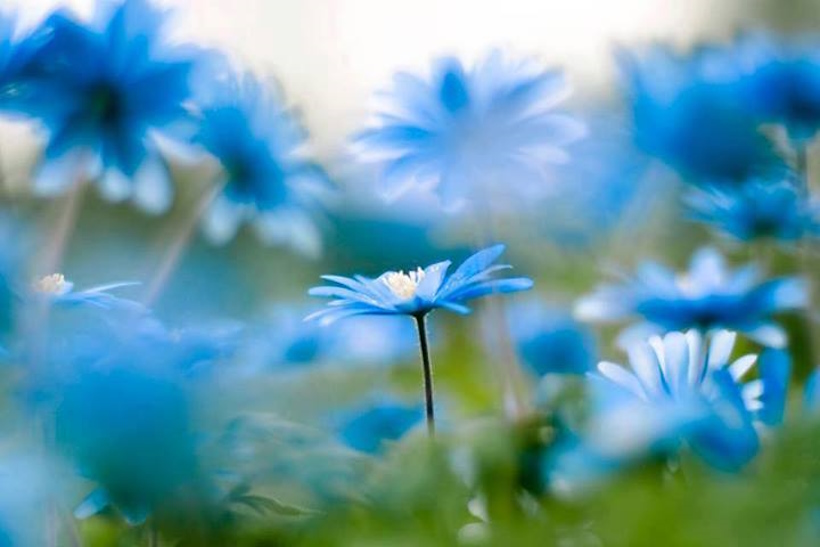
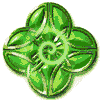
Table of contents Reiki Symbols Section
